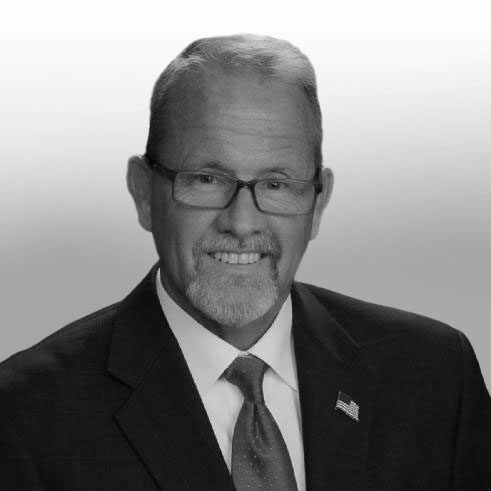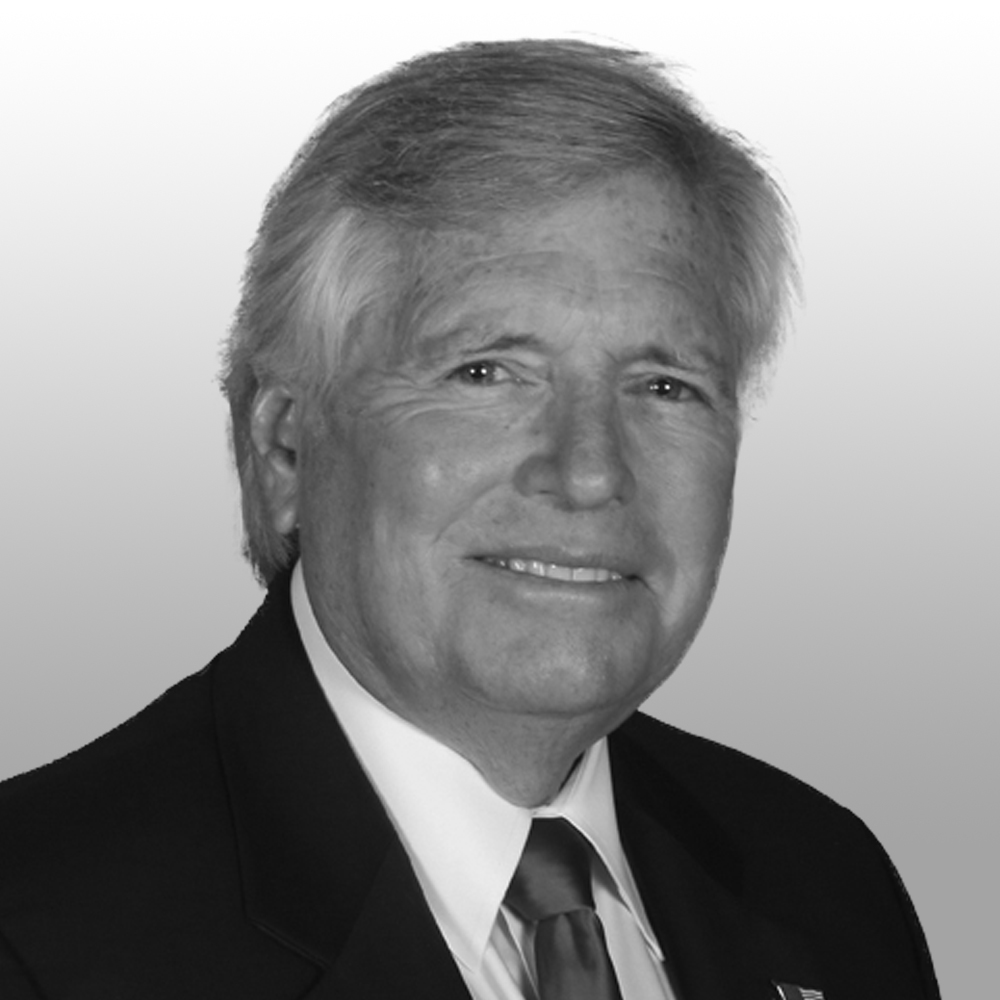Nearby Transit Routes
Loading…
37th Street South between 18th Avenue South & 22nd Avenue will be blocked. Catch the bus northbound at 37th Street South & 18th Avenue South and southbound at 37th Street South & 22nd Avenue South
Start: Dec 8, 2025 12:00am
End: Feb 6, 2026 4:30pm
71st Street & 36th Avenue North will be blocked. Passengers should catch the bus along 71st Street near 34th Avenue North.
Start: Dec 2, 2025 4:00pm
End: Feb 2, 2026 12:00am
71st Street & 36th Avenue North will be blocked. Passengers should catch the bus along 71st Street near 34th Avenue North.
Start: Dec 2, 2025 4:00pm
End: Feb 2, 2026 12:00am
Until further notice, 71st Street will be blocked. Passengers should catch the bus at the next bus stop.
Start: Nov 24, 2025 9:07am
Until further notice, 9th Avenue North between 58th Street/Tyrone Blvd will be blocked. Passengers should catch the bus at the next bus stop.
Start: Oct 26, 2025 3:07pm
For the next year, Washington Dr., from 134th Ave N to Wilcox Dr., will be blocked. Passengers should catch the bus on 125th St N or 134th Ave N.
Start: Oct 26, 2025 3:05pm
End: Oct 26, 2026 12:00am
Until further notice, 46th Ave N at 71st St N will be blocked. Passengers should catch the bus at the next bus stop.
Start: Oct 26, 2025 1:22pm
Until further notice, Route 65 will not turn on Jeffords St. Passengers should catch the bus along Myrtle Ave to Druid Rd or a Jeffords & Fort Harrison.
Start: Oct 26, 2025 1:10pm
About Us
We Want to Be the People’s Choice
Our vision is to be the people’s first choice for transportation and a driving force for vitality in the community through innovation and partnership.
Our Mission is to safely connect people to places
PSTA by the Numbers
- 300Transit Vehicles
- 34Fixed Bus Routes
SunRunner BRT
Spark Premium Transit Service - 5Trolley Bus Routes
- 2Ferry Routes
- 2Microtransit Snapper Zones
- 2Express Bus Routes between Pinellas County and Tampa
- 1Grouper Airport Shuttle
- 4,447Bus Stops
- 655Bus Shelters
- 4Customer Service Centers
- 204,938Annual Calls Received by InfoLine
- 104Annual Rides (33,158 avg. weekday)
- 269,137Bikes on Buses Trips
- 159,860PSTA Access Americans with Disabilities (ADA) Trips (501 avg. weekday)
- 98Annual Service Mileage
- 900,000Annual Service Hours
- $188MAnnual Total Operating and Capital Budget
- 4Funding Sources: Federal and State Grants (22%), Passenger Fares (6%), Advertising and Misc. Revenue (4%), Ad Valorem Taxes (68%)
- 800Number of Employees
- 0730.7342 Millage Rate (cap 0.75)
- 26Direct Connect Locations
Dive into our historical timeline and discover PSTA’s history, starting from St. Petersburg’s first streetcar in 1903.
Meet Our Dedicated Board of Directors
Meet the dedicated leaders who guide PSTA’s mission to connect communities across Pinellas County. Our 15-member board brings together elected officials and engaged citizens from across the region, each representing the unique needs of their communities while working toward our shared vision of accessible, innovative transit. These are the people who help us stay grounded in what matters most—serving you and your neighbors with transit that truly works for everyone.
Current Board Composition:
According to the state legislation, the PSTA Board consists of 15 members appointed as follows:

Deborah Figgs-Sanders
Council Member City of St. Petersburg, Chairperson
St. Petersburg
P.O. Box 2842 St.
Petersburg, FL 33731

Tom Reid
Vice-Mayor of South Pasadena, Vice-Chairperson
Belleair, Belleair Bluffs, Gulfport, Kenneth City, Seminole, South Pasadena
7047 Sunset Drive S.
South Pasadena, FL 33707

Patti Reed
Council Member City of Pinellas Park, Secretary, Treasurer
Pinellas Park
5141 78th Avenue North
Pinellas Park, FL 33781

David Allbritton
Councilmember City of Clearwater
Clearwater
Address: 600 Cleveland St.
Clearwater, FL 33756

Michael DiBrizzi
Commissioner of Largo
Largo
201 Highland Ave
N Largo, FL 33770

Gina Driscoll
Council Member City of St. Petersburg
St. Petersburg
P.O. Box 2842
St. Petersburg, FL 33731

Katie Gannon
Mayor of Oldsmar
Oldsmar, Safety Harbor, Tarpon Springs
100 State Street
West Oldsmar, FL 34677

Barbara Haselden
Citizen of Pinellas County
Pinellas County Commission
1043 31st Terrace NE
St. Petersburg, FL 33704

Chris Latvala
Pinellas County Commissioner
Pinellas County
315 Court Street
Clearwater, FL 33756

Max McCann
Citizen of St. Petersburg
St. Petersburg
2648 3rd Avenue S
St Petersburg, FL 33712

Kathleen Peters
Pinellas County Commissioner
Pinellas County
315 Court Street
Clearwater, FL 33756

Adrian Petrila
Mayor City of St. Pete Beach
Belleair Beach*, Belleair Shore*, Indian Rocks Beach, Indian Shores, Madeira Beach, North Redington Beach, Redington Beach, Redington Shores, St. Pete Beach*, Treasure Island*
155 Corey Ave.
St. Pete Beach, FL 33706

Chris Scherer
Pinellas County Commissioner
Pinellas County
315 Court Street
Clearwater, FL 33756

Brian Scott
Pinellas County Commissioner
Pinellas County
315 Court Street
Clearwater, FL 33756

Robert Walker
Commissioner of Dunedin
Dunedin
PO Box 2005
Dunedin, FL 34697
*These cities are not members of the PSTA (St. Pete Beach and Treasure Island receive service via contract).
Committees
Great transit doesn’t happen by accident. It takes collaboration, diverse perspectives, and people who genuinely care about getting you where you need to go. That’s where our committees come in. These dedicated groups help us stay connected to what matters most: serving real people with real transportation needs across Pinellas County.
Whether you’re curious about how decisions get made behind the scenes or interested in adding your voice to the conversation, our committees are where community input meets transit innovation.
Be Part of the Conversation.
Useful Links
American Public Transportation Association (APTA)
Department of Financial Services
Florida Commission on Ethics (select Ethics Laws)
Florida Department of Transportation (FDOT)
Florida’s Statewide 511 Website (Traffic Conditions)
Hillsborough Area Regional Transit Authority (HART)
Pasco County Public Transportation (PCPT)
St. Petersburg/Clearwater Area Convention & Visitors Bureau